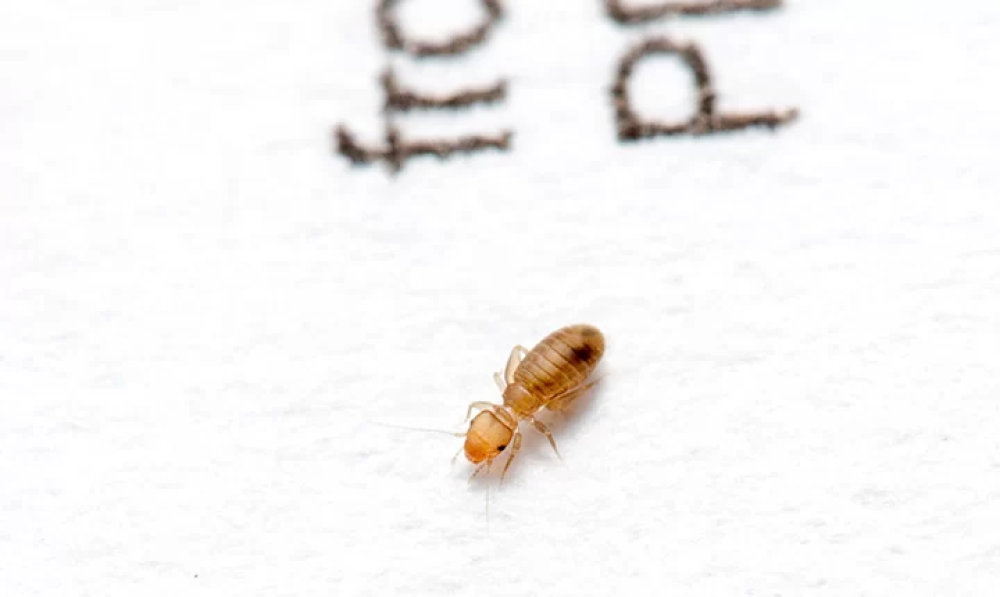
Booklice are small insects belonging to the Psocoptera family. They are harmless to humans but can cause significant nuisance, especially in damp places such as libraries and warehouses. Although they do not bite or sting humans, booklice feed on fungi and molds, and can damage books, papers, and upholstery containing organic materials.
Book lice appearance
Booklice are very small insects, ranging in size from 1 to 2 mm, with a flat body and a color that is often transparent or light brown. This insect is characterized by long antennae and small wings, but some species may be wingless. Although booklice do not cause direct harm to humans, they can be a nuisance, especially if their numbers increase in certain areas.
Where are book lice found?
Booklice prefer to live in warm, moist environments, making them common in places such as:
- Libraries : where there are many old books.
- Warehouses : especially those containing paper or biodegradable materials.
- Damp homes : In areas with high humidity such as bathrooms and kitchens.
- Enclosed spaces : such as cabinets or shelves where dust and moisture can accumulate.
Booklice life cycle
Female booklice lay their eggs in damp places. These eggs are usually very small and stick to surfaces such as books or walls. After a period of time, the eggs hatch into nymphs that resemble the adult insect but are smaller. Over time, the nymphs grow into adult cockroaches capable of reproducing. Under good conditions, this cycle can continue rapidly.
How to get rid of book lice
If you have a booklice problem in your home, here are some effective ways to get rid of them:
- Reduce humidity : Booklice prefer moist environments, so it is important to improve ventilation in your home and reduce humidity levels by using dehumidifiers or by opening windows regularly.
- Cleaning infested areas : Make sure to clean stored books and papers regularly. Shelves and bookcases can be wiped with dry towels, and good ventilation prevents the insect from multiplying.
- Seal gaps and cracks : Booklice hide in tight spaces and cracks, so be sure to seal any gaps in walls or furniture, especially in damp areas.
- Use of insecticides : If the infestation is severe, you can use Tandem or Tempred , which are effective against many household insects, including booklice.
Ways to prevent book lice
The best way to avoid the spread of booklice is prevention:
- Keep your home clean : Reduce the accumulation of old papers and books.
- Improve ventilation : Make sure your home is well ventilated, especially in humid areas like the bathroom and kitchen.
- Store books and papers in dry places : Make sure that books and papers stored in cabinets or shelves remain in dry and clean environments.
Specialized pesticides for controlling book lice:
- Tandem Insecticide : Effective against a wide range of insects, including booklice, and works excellently in indoor environments.
- Tempred Insecticide : It contains effective ingredients that help eliminate annoying insects such as book lice, and it can be easily used at home.
Conclusion
Booklice are not insects that pose a direct threat to humans, but they can cause contamination in books and furniture, in addition to being a sign of a damp and unhealthy environment. By following appropriate measures such as reducing humidity and cleaning affected areas,
Or use appropriate pesticides such as Tandem and Tempred , you can get rid of this insect effectively and enjoy a clean and healthy home environment.
If you need professional help, you can request pest control service from Orchid Pest Control.

